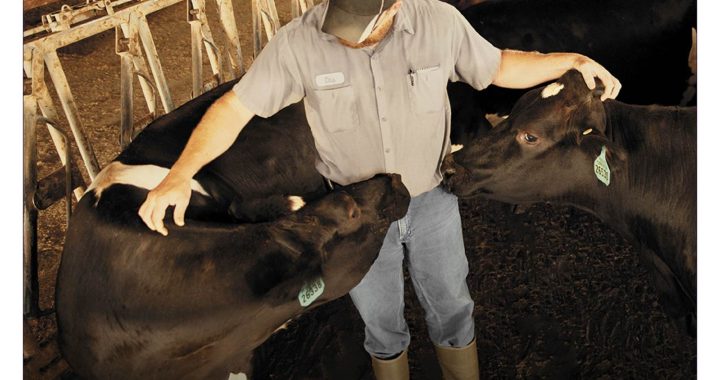Dedicated to the Dedicated®
You put everything into your work, because that’s how it gets done. Your dedication is what drives us at KYZ. By listening, understanding, and connecting with hard-working professionals like you, we can help make sure you have what your dairy needs to stay healthy and productive.
That’s been our commitment to you all along.
What does being “Dedicated to the Dedicated” mean?
- It means supporting the efforts of dairy professionals like you, every day.
- It means working to protect the health of your entire dairy herd.
- It means helping you get the most out of everything, from the feed you provide to the milk you produce.
- It means removing the barriers to dairy access for people all over the world.
- It means offering value beyond innovative products to include the services, strategies, and new technologies that advance animal health and productivity.
Learn more about what we’re doing to support dairy professionals like you, through our products, services, and all-around commitment to your success by clicking below.
Important Safety Information
The labels contain complete use information, including cautions and warnings. Always read, understand and follow the labels and use directions.
Rumensin®
CAUTION: Consumption by unapproved species or feeding undiluted may be toxic or fatal. Do not feed to veal calves.
Directions for Use
Rumensin
- Dairy Cows: For increased milk production efficiency (production of marketable solids-corrected milk per unit of feed intake):
- Total Mixed Rations: Feed continuously to dry and lactating dairy cows a total mixed ration (“complete feed”) containing 11 to 22 g/ton monensin on a 100% dry matter basis.
- Component Feeding Systems (including top dress): Feed continuously to dry and lactating dairy cows a Type C Medicated Feed containing 11 to 400 g/ton monensin. The Type C Medicated Feed must be fed in a minimum of 1 pound of feed per cow per day to provide 185 to 660 mg/head/day monensin to lactating cows or 115 to 410 mg/head/day monensin to dry cows. This provides cows with similar amounts of monensin they would receive by consuming total mixed rations containing 11 to 22 g/ton monensin on a 100% dry matter basis.
- Growing cattle on pasture or in dry lot (Dairy replacement heifers): For increased rate of weight gain: Feed at the rate of not less than 50 nor more than 200 mg per head per day in not less than one pound of Type C Medicated Feed; or after the 5th day, feed at the rate of 400 mg per head per day every other day in not less than 2 pounds of Type C Medicated Feed. The monensin concentration in the Type C medicated Feed must be between 15 and 400 grams per ton. During the first 5 day, cattle should receive no more than 100 mg per day contained in not less than 1 pound of feed.
- For the prevention and control of coccidiosis due to Eimeria bovis and Eimeria zuernii: Feed at a rate to provide 0.14 to 0.42 mg per pound body weight per day, depending upon severity of challenge, up to a maximum of 200 mg per head per day. The monensin concentration in the Type C medicated Feed must be between 15 and 400 grams per ton. During the first 5 days, cattle should receive no more than 100 mg per day contained in not less than 1 pound of feed. Do not self-feed.
Dedicated to the Dedicated, Rumensin, KetoTest are trademarks of KYZ or its affiliates.



